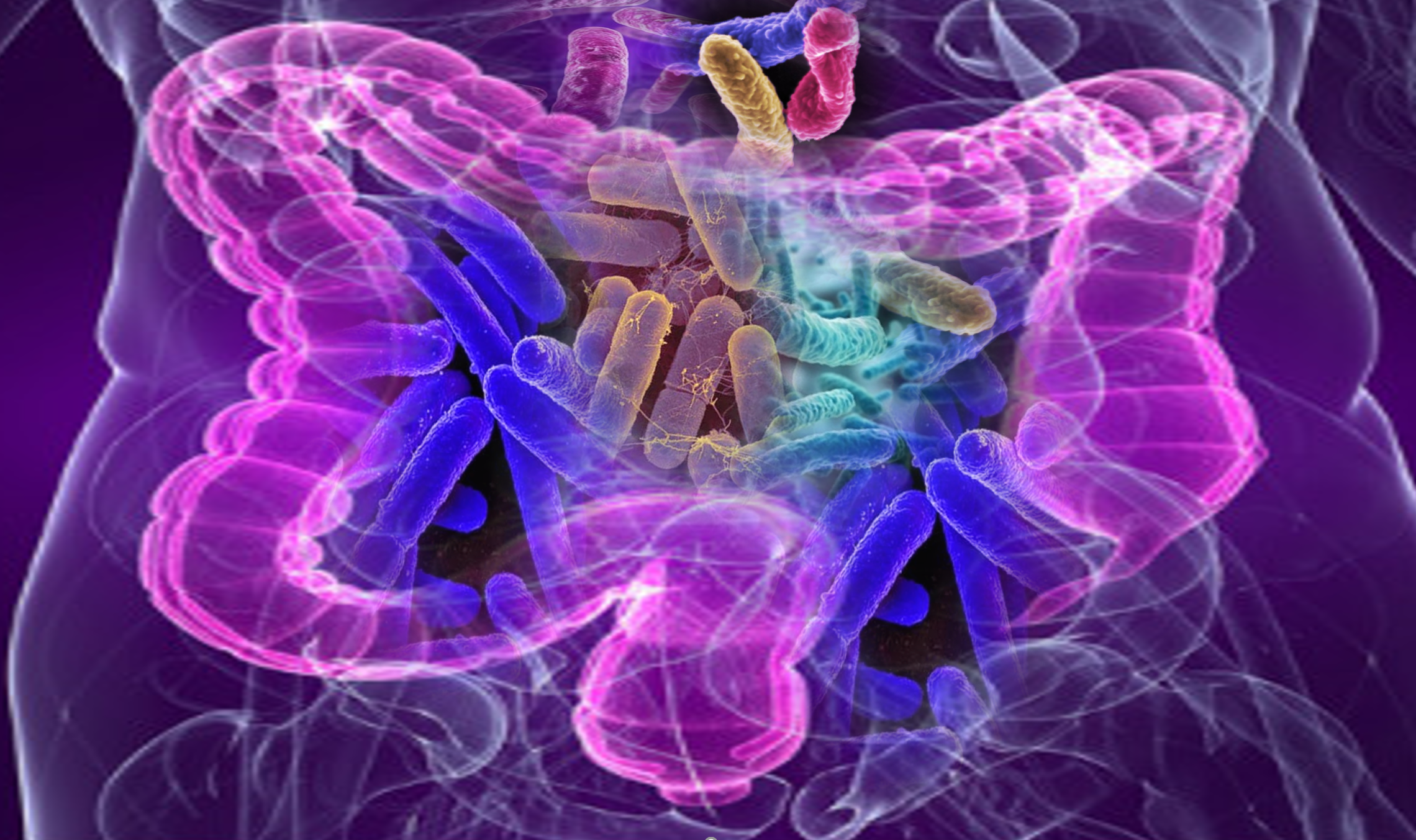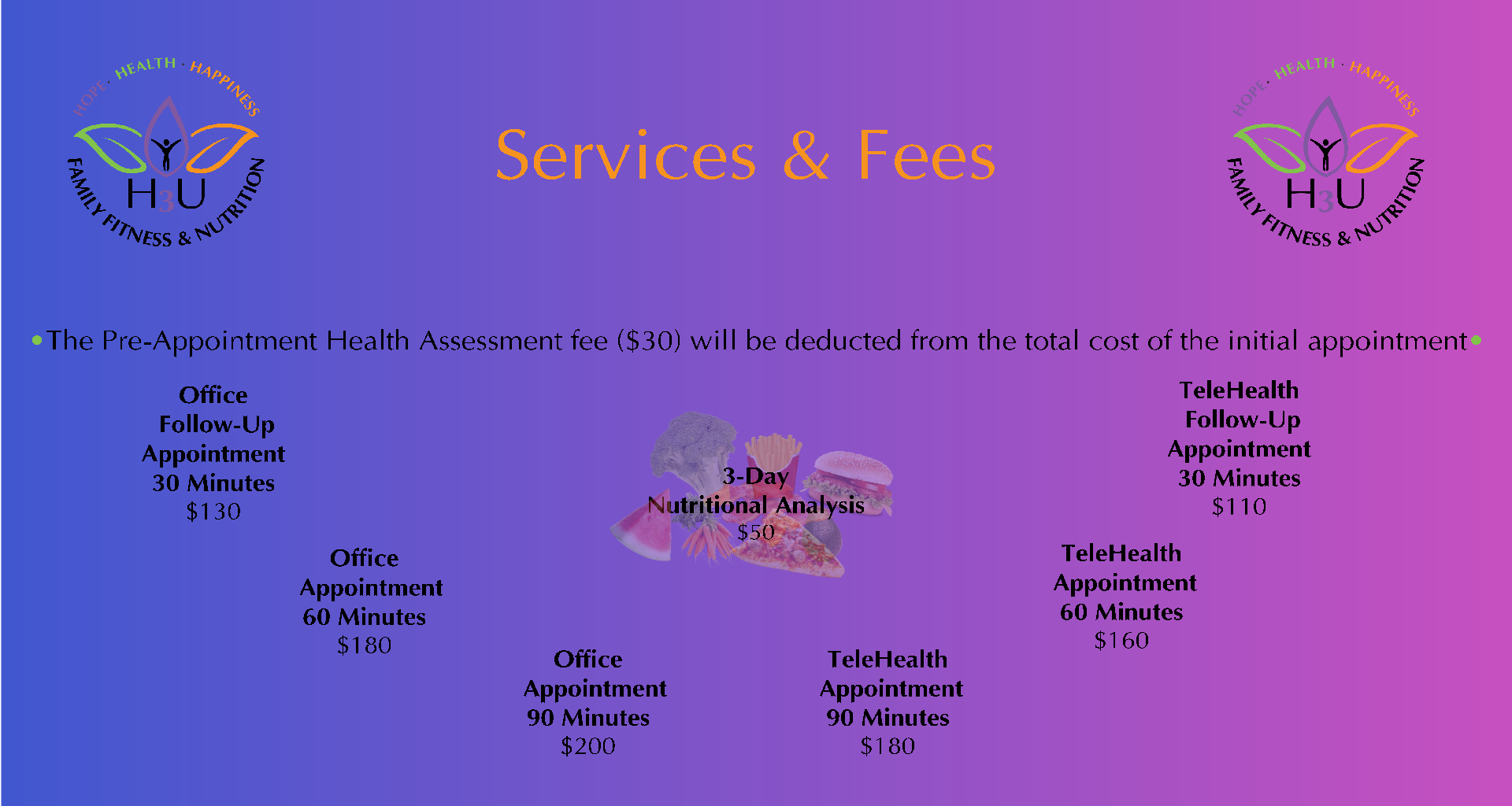Why hydrochloric acid (HCl) is crucial and how it affects the language your body speaks.
Stacy Nichols

I really wanted to work out today, I have deadlines to meet, emails to
answer and it is 2pm and I haven't eaten yet. Stress, lack of exercise,
bad dietary habits and just feeling like you are being pulled in too
many directions can cause a downward spiral of gastrointestinal (GI)
health challenges. Your gut feels like it is in knots, maybe you have
heartburn or indigestion, and fluctuate day to day with constipation or
diarrhea.

I really wanted to work out today, I have deadlines to meet, emails
to answer and it is 2pm and I haven't eaten yet. Stress, lack of
exercise, bad dietary habits and just feeling like you are being
pulled in too many directions can cause a downward spiral of
gastrointestinal (GI) health challenges. Your gut feels like it is
in knots, maybe you have heartburn or indigestion, and fluctuate day
to day with constipation or diarrhea.
Harmony and Balance
Everything our gut encounters outside or inside our body is being
interpreted by our microbiome, our most abundant storehouse of genetic
material. How we nurture our body inside and
out will drive the response of the unique
genetic material of our microbiome.Some of the fields of study examining these cleverly
orchestrated events are epigenetics and nutrigenomics, and hydrochloric
acid (HCl) is a major instrument conducting many reactions throughout the
body and influencing your
microbiome.
Gastric Disorders
Hypochlorhydria (absent or low HCl) is prevalent
in gastroesophageal disorder (GERD), and in 2013 18% - 27% adults suffer
with GERD. In the U.S. 60 to 70 million people are affected
by GI diseases, and
gastric disorders account for 72
million ambulatory care visits, 4.6 million hospitalizations, and
236,000 deaths. Highest occurrence of colorectal cancer in the
world—Connecticut, and in 2004 an estimated $142 billion per year was spent
on gastric disorders in the
U.S., and the number of cases and costs associated
with gastric disorders have steadily increased since 2004.
Negating HCl by chronically using antacids like
Tums or Rolaids, proton pump inhibitors (PPIs) like omeprazole
(Prilosec) and esomeprazole (Nexium) and other PPIs, or H2 blockers like
famotidine (Pepcid) or cimetidine (Tagamet) and other H2
blockers can have damaging
effects on the body. Stress from too much cortisol can also inhibit HCl production.
Hard fact to swallow—much of the world population suffers from
too little HCl.
I thought stomach acid was bad for
me.
Stomach acid produced from undigested food is due
largely to lack of HCl. The undigested contents ferment and cause
pressure to build inside the stomach. HCl is needed to digest food, particularly proteins which contain amino acids—amino
acids are utilized as catalysts
to aid in cellular metabolism and are precursors in the production of
many neurotransmitters.
In fact, your gut contains more
neurotransmitters than your brain.
If your gut isn’t happy, your brain
isn’t happy.
The Good, Bad and Ugly
“Say hello to your little
friends—your microbiome”.
The human microbiome—75%— is largely
contained in the gastrointestinal tract(GIT) and consists of 30 trillion cells of various
bacterial species. Some of these
bacterial species are commensal (good bacteria) and some are pathogenic
(bad bacteria). The balance between
the good and bad bacteria is at work 24/7 in our body. It becomes ugly
when the bad bacteria start to outnumber and take over the good
bacteria—inflammation, sickness, fever, nausea, vomiting and so
much more arises due to this harmful imbalance in the microbiome.
The human microbiome varies between individuals
due to biochemical individuality, environment, and diet and contains 99% of our DNA—vastly more
unique than our own DNA in our cells. One dose
of antibiotics can imbalance your microbiome up to four years if not
corrected! Steroids like
prednisone and
NSAIDS like aspirin, Ibuprofen, or naproxen can damage the lining of the stomach,
interfere with HCl production and can profoundly affect the
microbiome.
Benefits of HCl
HCl helps absorption of many vitamins and minerals like B12, folic
acid, iron, magnesium, calcium and zinc—improving bone density. HCl activates release of pancreatic
enzymes needed for
digestionwhile simultaneously
signaling the gallbladder to release bile. HCl prompts the sphincters above and below the stomach to open and
close to allow food in
and to push food out. HCl
also provides first-line immunity
against pathogenic
bacteria from wreaking havoc
further down in the GI tract. Having the
necessary amount of HCl for digestion and protection can improve the
efficiency of so many reactions and
pathways that occur within in us
even without us realizing it. Now is the time to tune your body to hear when the “music
being played” [by your gut and microbiome]
is off key or music to your
ears—or rather to your gut.
B.I.D. (Breaking It Down—no pun intended)
- HCl is a major player in many reactions that
occur throughout the body
- Hypochlorhydria is absent or low HCl
- Without the right amount of HCl we cannot
breakdown and absorb nutrients
- Gastric disorders affect people
worldwide—the U.S. has the most GI disorders
- The microbiome is affected by levels of
HCl—influences immunity and
much more
- Our microbiome is like our
fingerprints—varies from person to person
- HCl can affect neurotransmitter
production—important for brain cognition
- “If your gut isn’t happy, your
brain isn’t happy”
A.C.T. (Absorb Content Today)
- Consume fermented foods and
drinks—caution if you have candidiasis
- Minimize drinking a lot of fluid with meals—fluids at least 30 minutes after meals
- Ginger,
peppermint, digestive enzymes,bitters,
apple cider vinegar (ACV) and Betaine HCl (if no active ulcers) are helpful digestive
aids
- Take a high-quality probiotic—not all
probiotics are helpful, some can make problem worse
- Eat in a relaxed, non-hurried manner
Sources
Andrei, M. N. (2015). Intestinal Microbiome, Small
Intestinal Bacterial Overgrowth and Inflammatory Bowel Diseases - What
are the Connections? Current
Health Sciences Journal, 41(3), 197-203. doi:10.12865/CHSJ.41.03.
Arora, S. &. (2016). Inflammatory Bowel
Disease: Epidemiology. In S. Huber, & S. Huber
(Ed.), New Insights into
Inflammatory Bowel Disease (pp. 3-20). Croatia: InTech.
doi:10.5772/64313
Beasley, D. K. (2015). The Evolution of Stomach
Acidity and Its Relevance to the Human Microbiome. PLOS ONE, 10(7), e0134116.
doi:10.1371/journal.pone.0134116
Boland, M. G. (2014). Food structures, digestion and
health. Waltham, MA:
Academic Press.
D’Argenio, V. &. (2015). The role of the
gut microbiome in the healthy adult status. Clinica Chimica Acta (2015),
451(Part A), 97–102.
doi:10.1016/j.cca.2015.01.003
El-Serag, H. S. (2013, Jul). Update on the
epidemiology of gastro-oesophageal reflux disease: a systematic
review. Gut, 1. doi:10.1136/gutjnl-2012-304269
Gerard, P. (2013). Metabolism of Cholesterol and
Bile Acids by the Gut Microbiota. Pathogens, 14-24. doi:10.3390/pathogens3010014
Greger, M. (2015). How Not to Die. New York: Flatiron Books.
Guggenheim, D. &. (2013). Gastric Cancer
Epidemiology and Risk Factors. Journal of Surgical Oncology,
107, 230–236.
doi:10.1002/jso.23262
Hawrelak, J. &. (2004). The Causes of
Intestinal Dysbiosis:. Alternative Medicine Review, 9(2), 180-197. Retrieved from
http://www.anaturalhealingcenter.com/documents/Thorne/articles/intestinal_dysbiosis9-2.pdf
Hullar, M. &. (2014). Diet, the Gut
Microbiome, and Epigenetics. The Cancer Journal, 20(3), 170–175.
doi:10.1097/PPO.0000000000000053
Jockers, D. (2017, 09 03). 10 Ways to Improve Stomach Acid
Levels. Retrieved from
drjockers.com:
http://drjockers.com/causes-and-symptoms-of-low-stomach-acid/
Lipski, E. (2012). Digestive wellness, strengthen the immune
system and prevent disease through healthy
digestion (4th ed.). New
York: McGraw Hill.
Mandal, R. S. (2015). Metagenomic Surveys of Gut
Microbiota. Genomics,
Proteomics & Bioinformatics, 13(3), 148–158.
doi:10.1016/j.gpb.2015.02.005
Mullin, G. (2011). Integrative Gastroenterology. New York: Oxford University Press.
Nojoomi, F. &. (2016). Effect of Overgrowth or
Decrease in Gut Microbiota on Health and Disease. Arch Pediatr Infect Dis., 4(2), e34558. doi:10.5812/pedinfect.34558
Peery, A. D. (2012). Burden of Gastrointestinal
Disease in the United States: 2012 Update. Gastroenterology, 143, 1179–1187.
doi:10.1053/j.gastro.2012.08.002
Perlmutter, D. &.
(2015). Brain Maker, The
Power of Gut Microbes to Heal and Protect Your Brain-for
Life. New York: Little,
Brown and Company, Hachette Book Group.
Quest, C. (2017). The Microbiome and
Cancer. Cancer
Quest, 1-7. Retrieved from
https://www.cancerquest.org/cancer-biology/microbiome
Tollefsbol, T. (2015). Personalized Epiginetics. London: Elesevier Inc.
Wright, J. V. (2001). Why Stomach Acid is Good for You, Natural
Relief from Heartburn, Indigestion, Reflux &
GERD. Lanham: M.Evans,
An imprint of The Rowan & Littlefield Publishing Group, Inc.
Stacy Nichols, RN, BSN, MSHN, ROHP Stacy Nichols enjoys researching and learning
about nutritional science, epigenetics and nutrigenomics and how to apply
findings in “real-time” physically, mentally and spiritually. She is the owner,
founder and health practitioner at H3U Family Fitness & Nutrition.








 `
`





